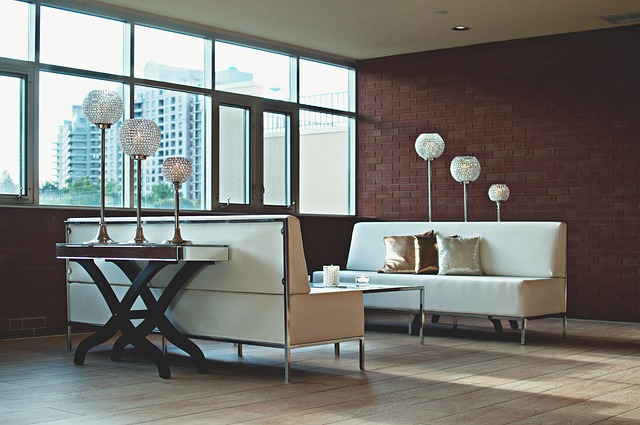Window Treatments That Maximize Natural Light

Understanding the Importance of Natural Light
Natural light plays a crucial role in our well-being, influencing mood, productivity, and even health. It helps regulate our sleep-wake cycle and can enhance the aesthetic appeal of interiors. In homes and workplaces, ample natural light reduces the need for artificial lighting, leading to lower energy bills. Beyond cost savings, natural light makes spaces appear larger and more inviting. Emphasizing windows and openings in design allows for the sun’s rays to penetrate deeper into rooms, making them more vibrant and cheerful. Understanding how light interacts with your interior design helps in crafting environments that are not only visually pleasing but also comfortable and efficient. Recognizing the value of natural light is the first step in designing spaces that harness its full potential.
Choosing the Right Fabrics for Light Enhancement
Fabrics play a pivotal role in determining how much light is filtered into a space. When selecting materials for window treatments, consider those that allow translucency, such as sheer curtains or light linens. These fabrics diffuse sunlight, creating an airy and gentle ambiance. Opt for lighter colors which reflect rather than absorb light, maximizing brightness in the room. Evaluate the thickness as well; a material too thick may block too much light, whereas an airy weave enhances it. Fabrics with glossy finishes can also add to the luminous effect by bouncing sunlight across the room. The right fabric choice not only enhances the light but also complements the decor, seamlessly integrating into the room’s aesthetic while offering practical light-distribution benefits.
Design Elements to Amplify Sunlight
Integrating design elements that amplify sunlight can transform the ambiance of a room. Consider using mirrors strategically to reflect light deeper into the space, thereby increasing brightness. Light-colored walls and furnishings help bounce light around the room, creating a more open and airy feel. Adding sheer curtains over windows can diffuse harsh sunlight while still allowing light to enter the space. Incorporating glass or reflective surfaces in furniture or wall decor can further distribute sunlight. The use of open, uncluttered spaces allows for unobstructed light flow. Skylights are another design element that can introduce more daylight into interiors. By thoughtfully incorporating these elements, you can create an environment that feels spacious, warm, and inviting, enhancing the natural beauty and energy of any room.
Maximizing Light with Minimalistic Styles
Minimalistic design is particularly effective in maximizing natural light. By focusing on simplicity and functionality, minimalism reduces clutter that can obstruct light flow. Opt for sleek, streamlined furniture that doesn’t overwhelm a space. Incorporating mirrors and glass surfaces can further enhance the brightness by reflecting light throughout the room. Using a neutral color palette, with whites, beiges, and light greys, reflects light well, brightening the room. Minimalistic spaces often incorporate open floor plans, which allow light to move freely and reach all areas. Additionally, opting for simple, non-intrusive window treatments ensures there’s nothing blocking the light from entering. By embracing minimalism, you create a peaceful and bright environment that harnesses the full potential of natural light.
Tips for Balancing Privacy and Illumination
Balancing privacy with maximized natural light starts with choosing the right window treatments. Consider options like frosted glass or sheer curtains that provide privacy without sacrificing light. Venetian blinds can be adjusted to control the amount of light entering while maintaining seclusion. Layering window treatments allow flexibility; heavier curtains can be drawn for full privacy when needed. It’s important to evaluate the specific needs and layout of your space before finalizing your window treatment choices. Strategically placing plants or screens can add privacy in open areas while allowing light to stream through. Architectural solutions like higher windows or transoms can add light without compromising privacy. By cleverly balancing these elements, you create a space that’s both bright and private, ideal for relaxation and privacy.